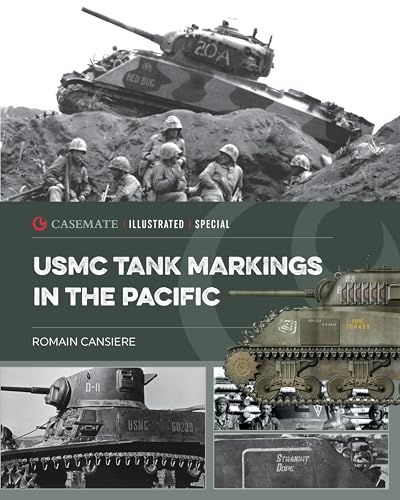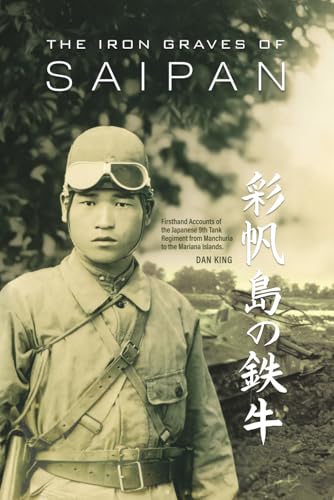
Panzer 38(t) vs BT-7
by Steven J. Zaloga
"Barbarossa 1941"
Popularity
4.42 / 5
* A book's popularity is determined by how it compares to all other books on this website.
Where to buy?
Buy from Amazon* If you buy this book through the link above, we may receive a small commission at no extra cost to you.
Panzer 38(t) vs BT-7 by Steven J. Zaloga
Details
War:
World War II
Perspective:
Tanks
Biography:
No
Region:
Europe
Page Count:
81
Published Date:
2017
ISBN13:
9781472817150
Description
Brief Summary
Panzer 38(t) vs BT-7 by Steven J. Zaloga focuses on the monumental tank battles that took place in the Soviet Union during the summer of 1941, which were the largest in World War II. The book provides an in-depth comparison of the German Panzer 38(t) and the Soviet BT-7, exploring their development, capabilities, and roles in the early stages of Operation Barbarossa. With a blend of full-colour artwork and historical photography, the text delves into the significance of these tanks and the armoured doctrines of the time.
Main Themes and Topics
The main themes of the book are the technical and strategic analysis of the Panzer 38(t) and BT-7 tanks. Zaloga explores how these machines, both products of foreign technology, influenced the early tank battles on the Eastern Front. The book covers the technological development of these tanks, their battlefield performance, and their impact within the broader context of World War II armoured warfare. Additionally, the book touches on the different tank doctrines employed by the German and Soviet forces, highlighting the challenges and changes in armoured strategy during the initial stages of Operation Barbarossa.
Writing Style and Tone
Steven J. Zaloga is known for his clear and informative writing style, and Panzer 38(t) vs BT-7 is no exception. The book strikes a balance between technical detail and engaging narrative, making it accessible to both enthusiasts and casual readers interested in military history. Zaloga employs a factual tone, relying on well-researched data and historical context to support his analysis. The inclusion of artwork and photography further enriches the text, providing readers with visual references to complement the technical discussions.
Criticism
While Panzer 38(t) vs BT-7 is praised for its thorough research and detailed analysis, some readers may find the level of technical detail overwhelming if they are not familiar with the subject matter. The focus on the comparative analysis of two specific tanks might also limit the book's appeal to those seeking a broader overview of World War II tank warfare. However, for readers with a specific interest in these vehicles and their role in the early Eastern Front battles, the book offers a wealth of valuable insights.









